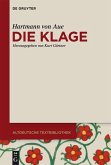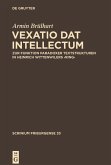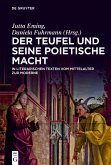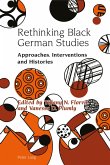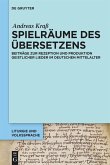The literary, artistic and cultural history of the German southwest (defined in terms of the Alemannic language area) underwent rapid development in the High and Late Middle Ages, turning this region into a cultural landscape of European standing. This development was driven by such phenomena as the first German Arthurian epics, the Hirsau liturgy spread by reform monasteries, the Manessian song manuscript, new types of images such as the Christ and St. John groups, the mystical writings of Heinrich Seuse and the Southwest German sister books as well as the manuscript production of the Lauber workshop in Hagenau. The cultural patrons involved were not just the monastic networks of the Benedictines, Cistercians and Premonstratensians, but also and above all by the Dominicans, Franciscans and their female branches, the Upper Rhine, Swabian and Swiss towns in the Strasbourg-Augsburg-Bern triangle and the aristocratic families and townspeople of this region from the 13th century onwards. This new series aims to encourage research into south-western German culture in the High and Late Middle Ages by publishing anthologies, monographs and editions of previously unpublished texts.
Dieser Download kann aus rechtlichen Gründen nur mit Rechnungsadresse in A, B, BG, CY, CZ, D, DK, EW, E, FIN, F, GR, HR, H, IRL, I, LT, L, LR, M, NL, PL, P, R, S, SLO, SK ausgeliefert werden.



